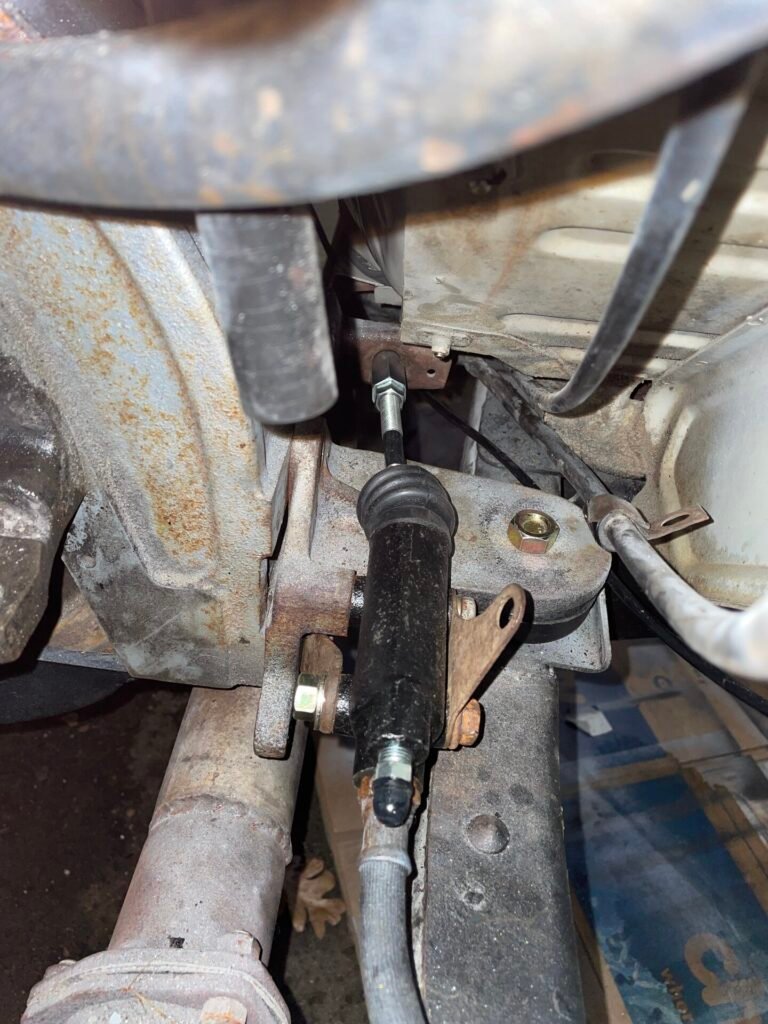If you’re in the business of selling, servicing, or explaining clutches, one question always comes up: What does a clutch slave cylinder do? Many drivers have never heard of it, but when they start having trouble shifting or complain about a soft pedal, this tiny part is often the key. Understanding how it works — and being able to explain it clearly — can make you the expert your customer trusts.
What Does a Clutch Slave Cylinder Do?

A clutch slave cylinder converts hydraulic pressure from the clutch master cylinder into mechanical force. This action disengages the clutch, allowing the driver to shift gears smoothly by temporarily separating the engine from the transmission. Here’s a detailed look at what the slave cylinder does and why it matters:
Responds When the Driver Presses the Clutch Pedal
The whole process starts with the driver. When they press the clutch pedal, it’s the clutch master cylinder that first creates hydraulic pressure. That pressure is sent through a fluid line straight to the slave cylinder, which is mounted near the clutch assembly — either externally or inside the bell housing, depending on the design.
Converts Fluid Pressure Into Mechanical Force
Inside the slave cylinder is a piston. When the hydraulic fluid arrives, it pushes this piston forward. This force doesn’t just sit there — it gets transferred directly to the clutch release fork or throwout bearing, physically pushing the clutch plate away from the engine’s flywheel.
That’s how the clutch “disengages” — not by magic, but by the slave cylinder doing its job.
Disconnects the Engine Power from the Transmission
This is the heart of why we even have a clutch: to let the driver change gears without grinding the transmission. When the clutch plate separates from the flywheel, the power from the engine stops reaching the gearbox. Now the driver can shift to a new gear smoothly and safely.
No clutch disengagement, no gear change. It’s that simple.
Affects Clutch Pedal Feel and Performance
A healthy slave cylinder gives you a firm, consistent clutch pedal. But when it’s failing — like if it’s leaking fluid, has worn seals, or internal damage — you might notice:
- A soft or sinking clutch pedal
- Difficulty shifting gears
- A pedal that doesn’t come back up
- Gear grinding even when the clutch is fully depressed
In many cases, it’s not the clutch itself that’s the problem — it’s the slave cylinder not completing its job.
Works Closely with the Master Cylinder as a System
The slave cylinder doesn’t act alone. It’s part of a hydraulic team with the master cylinder. If one fails or weakens, the other can’t perform well either. That’s why professionals often inspect or replace both together, especially if one shows signs of wear.
Explaining this to a customer helps them understand that fixing only one side may not fully solve the problem.
Acts as an Early Warning Sign of Clutch Trouble
When clutch problems start, the slave cylinder is one of the most common culprits — and luckily, one of the easiest to inspect. Whether it’s leaking fluid near the transmission or showing signs of internal failure, spotting issues early can save time and protect the rest of the clutch system. For professionals in the field, this is a key place to start when diagnosing clutch complaints.
Understanding what a clutch slave cylinder does isn’t just for mechanics — it’s for anyone who wants to give customers better answers and smoother service. Whether you’re diagnosing a shifting problem or explaining a repair quote, knowing this part makes you better at your job.


